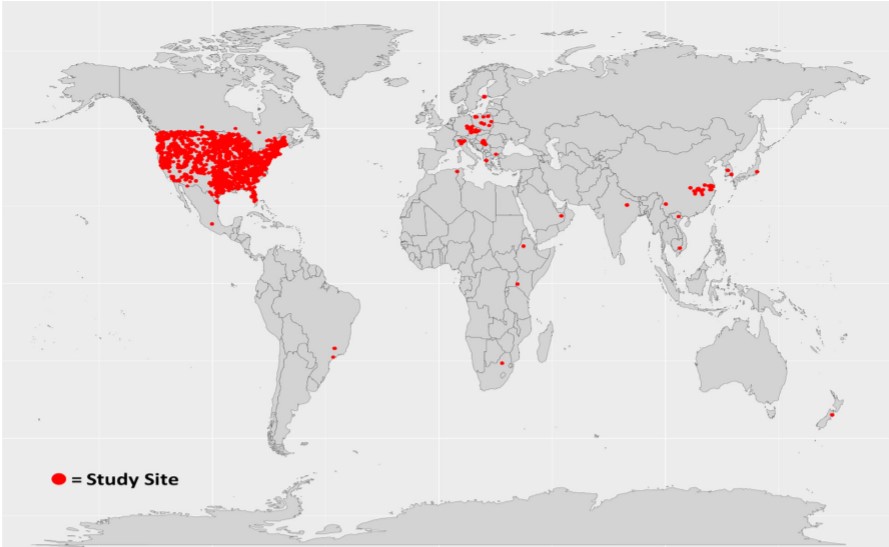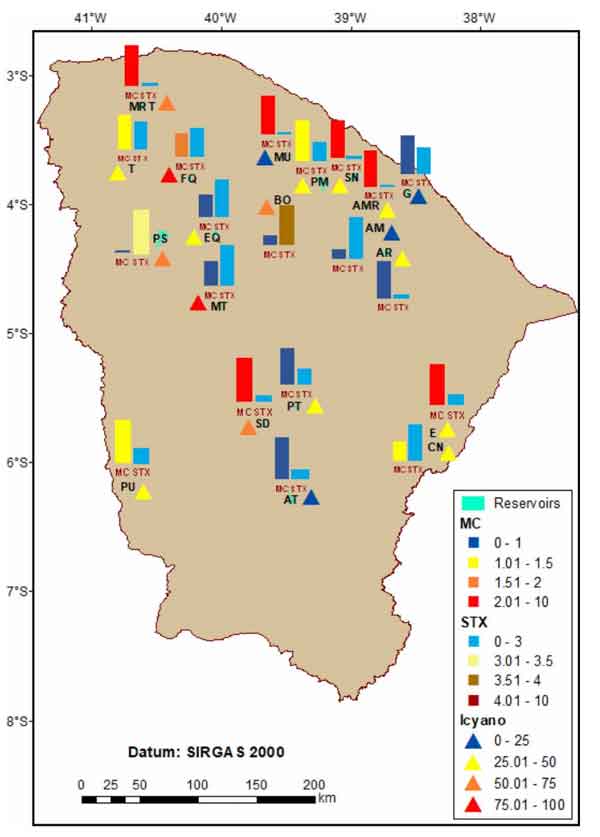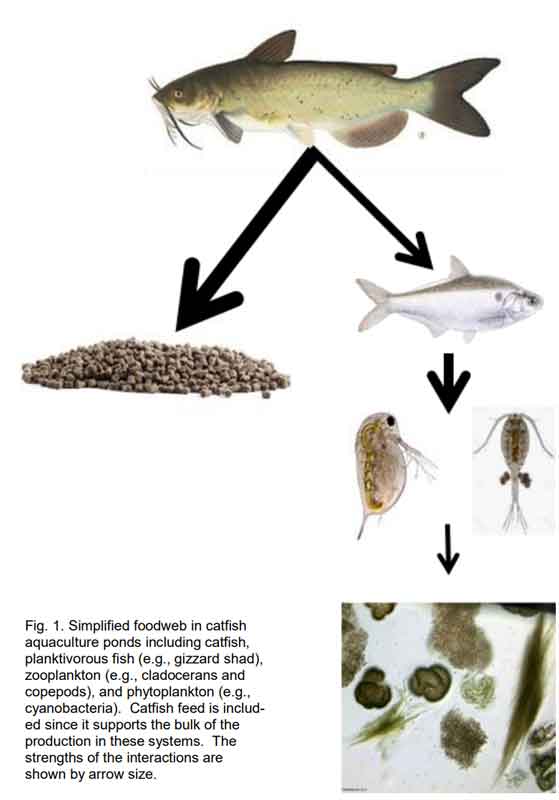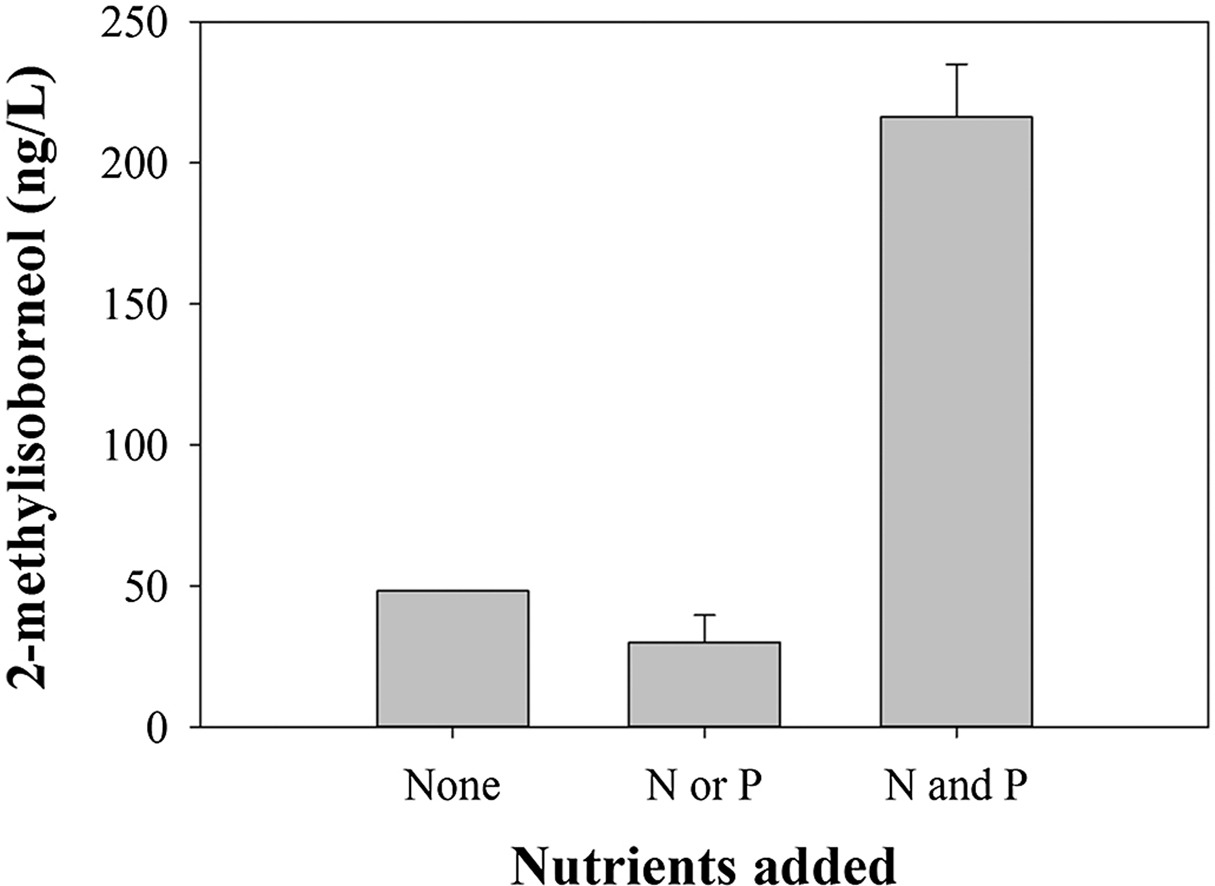Keyword: Water Quality

Buley, R. P., H. E. Correia, A. Abebe, T. B. Issa, and A. E. Wilson. 2021. Predicting microcystin occurrence in freshwater lakes and reservoirs: assessing environmental variables. Inland Waters 11(3):430-444.
Abstract
Determining the environmental conditions that influence the occurrence and concentration of the cyanobacterial toxin microcystin (MC) is a critical step for predicting cases in which the toxin will adversely affect drinking water sources, recreational waterbodies, and other freshwater ecosystems. Although widely studied, little consensus exists regarding the factors that influence MC on a global scale. The objective of this study was to identify the environmental variables most strongly associated with MC concentrations using observational data from lakes and reservoirs around the world while also addressing the substantial proportions of missing values that a large aggregated dataset often involves. A total of 124 studies containing data from an estimated 2040 lakes and reservoirs in 22 countries was used to construct a global dataset. Variables including <35% of non-missing observations were removed prior to analysis. Missing values for the remaining 12 predictors of MC were imputed using an iterative imputation algorithm based on a random forest approach. Variable selection was performed with generalized additive modeling on the complete case and imputed datasets. Models applied to the imputed data produced lower prediction errors than those fit to the complete dataset. Variables of greatest significance to MC concentration included location (longitude–latitude pairs), total nitrogen, turbidity, and pH. Total phosphorus was not found to be a strong predictor of MC. In addition to assisting water resource managers in protecting their waterbodies against MC, the presented methodologies may provide a useful framework for future water quality modeling while accounting for varying proportions of missing data.

Barros, M. U.G., J. I.R. Leitão, T. R.B.T. Aranha, S. Simsek, R. P. Buley, E. G. Fernandez-Figueroa, M. F. Gladfelter, A. E. Wilson, and J. Capelo-Neto. 2020. Icyano: A cyanobacterial bloom vulnerability index for drinking water treatment plants. Water Supply 20(8):3517-3530.
Abstract
Managing freshwater systems has become a challenge for global water utilities given that cyanobacterial blooms have been increasing in frequency and intensity. Consequently, a water quality index that uses conventional measurements to assess toxic cyanobacterial hazards and guide the selection of proper treatment technologies could benefit water resource managers about water quality parameters routinely analyzed in line with environmental changes. An index model, called Icyano, showed that chlorophyll-a, cyanobacterial concentration, and total nitrogen were most important for the index. All reservoirs classified as good by Icyano used direct filtration water treatment technology. Many of the medium Icyano-classified reservoirs used a pre-treatment unit followed by a direct filtration unit. Two reservoirs that were classified as bad or very bad have been utilizing pre-treatment þ direct filtration or a complete cycle technology, respectively. As the Icyano index increases, water treatment plants should switch from direct filtration to using a pre-treatment to improve finished water quality. Findings from this project suggest that the direct filtration technology initially used in water treatment plants is not capable of meeting the current water quality guidelines in reservoirs that contain adverse water quality conditions, mostly related to an increase in toxic cyanobacterial blooms. As such, based on our findings, we recommend prioritizing financial resources towards pre-treatment technology or changes to more advanced technologies when Icyano index values increase.

Belfiore, A. and A. E. Wilson. 2020. Improving catfish pond water quality by reducing planktivorous fish abundance. Fish Farming News 2020(1):8-10.
Abstract
In highly productive aquaculture ponds, conditions for phytoplankton blooms are intensified. The presence of increased nutrient availability, shallow waters with regular mixing through aeration, warm temperatures, and high intensity sunlight common in these settings often leads to dense blooms of phytoplankton throughout most of year. However, cyanobacteria (also commonly called, blue-green algae) often dominate the phytoplankton community during the growing season (May-October) and can negatively affect aquaculture production through the release of off-flavor compounds, such as geosmin and 2-methylisoborneol (MIB), and toxins, such as the liver toxin microcystin and/or neurotoxin saxitoxin. In extreme cases, phytoplankton blooms can promote hypoxic conditions when they degrade and lead to fish kills that can devastate producers’ livelihood. Catfish aquaculture ponds may include catfish of mixed sizes due to incomplete harvesting as well as intentionally or unintentionally introduced planktivorous fish, such as threadfin shad, gizzard shad, bluegill, green sunfish, and/or fathead minnows. Reports suggest that some planktivorous fish eat and possibly control phytoplankton, although there is a long history of research that shows that these fish eat zooplankton (small animals that consume phytoplanktrophic cascade). When one level of the ecosystem has been altered, it will directly and indirectly affect the rest of the system.

Olsen, B. K., M. F. Chislock, and A. E. Wilson. 2016. Eutrophication mediates a common off-flavor compound, 2-methylisoborneol, in a drinking water reservoir. Water Research 92:228-234.
Abstract
Off-flavors, such as 2-methylisoborneol (MIB) and geosmin, cause drinking water to have earthy or musty tastes and odors. Humans can detect such compounds at minute concentrations (10 and 30 ng/L for MIB and geosmin, respectively), and, although not a health risk, off-flavors can promote consumer distrust. Removal of these compounds is costly and often unreliable or only suitable under certain conditions. Minimizing off-flavor production at the watershed-scale may be more cost-effective in addition to improving ecosystem health and aesthetics. Cyanobacteria are considered to be the primary drivers of off-flavors in freshwater systems. Due to their ability to produce toxins, cyanobacteria have been under particular scrutiny, and environmental factors promoting cyanobacterial blooms are relatively well-studied. Using this body of literature, we conducted a seven-week, limnocorral experiment where we manipulated nitrogen and nitrogen-to-phosphorus concentrations to influence phytoplankton community structure and off-flavor production. The addition of a single nutrient across broad ranges (nitrogen or phosphorus) had no effect on MIB. However, the addition of both nitrogen and phosphorus promoted high concentrations of MIB relative to treatments that received no nutrients (448% increase) or only nitrogen or phosphorus (722% increase). Interestingly, cyanobacteria waned during the experiment and were replaced by diatoms, which were the dominant taxa by the end of the experiment. Our findings clearly show that eutrophication affects MIB production, but mechanisms leading to the production of this compound may differ from what has been previously predicted.